BHANU ATHAIYA LINES ARE NOT BLURRED
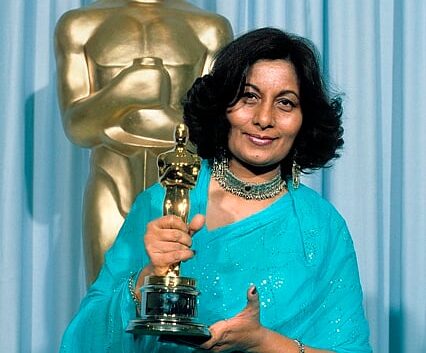
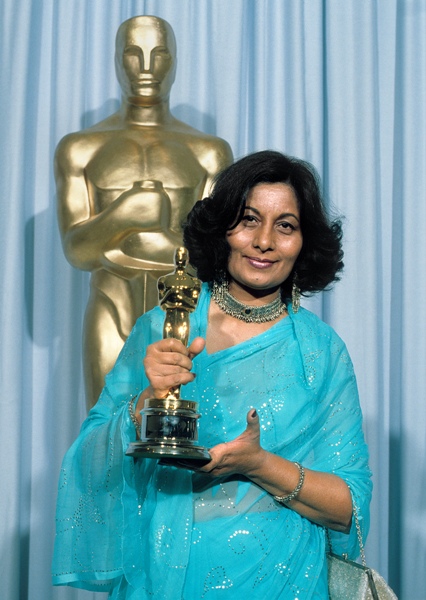
Bhanu Athaiya stands as a colossus in Indian cinema, renowned for her pioneering contributions as a costume designer across five decades. Her work, characterized by meticulous research, cultural authenticity, and artistic innovation, redefined Bollywood’s visual language and earned her international acclaim, including India’s first Academy Award.
Bhanu Athaiya (born Bhanumati Rajopadhye, April 28, 1929 – October 15, 2020) was a pioneering Indian costume designer and painter, celebrated as the first Indian to win an Academy Award for Best Costume Design for her work on Gandhi (1982), shared with John Mollo. Renowned for shaping the visual aesthetic of Hindi cinema, she designed costumes for over 100 films across a career spanning five decades, collaborating with legendary filmmakers like Guru Dutt, Yash Chopra, Raj Kapoor, and Ashutosh Gowariker.
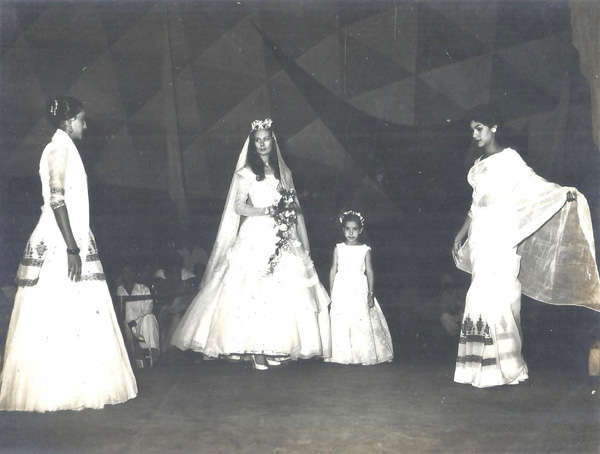
In 1958, Bhanu Athaiya made history by designing the first traveling promotional fashion show in independent India for Calico Mills. This groundbreaking event took place at the “India ‘58” Trade Fair in New Delhi and marked a pivotal moment in the Indian fashion industry.
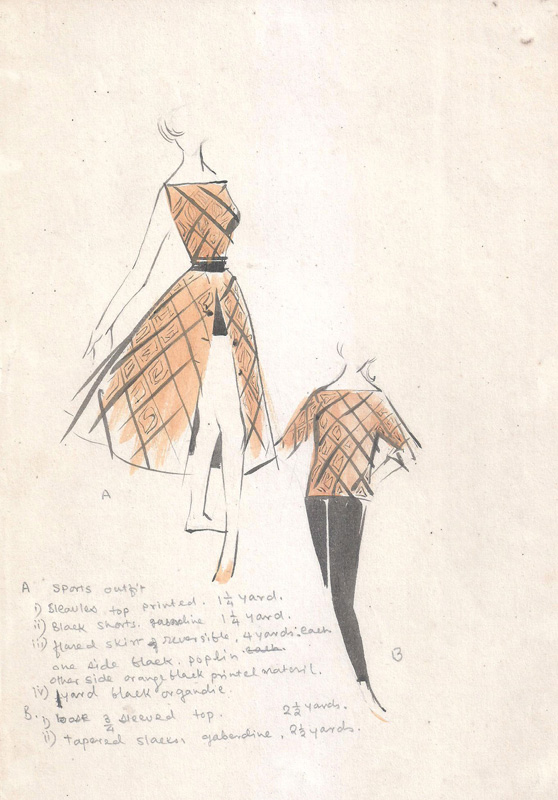
Invited by Ebrahim Alkazi, a prominent Indian theatre director, Athaiya showcased her exceptional talent and creativity through her designs, setting the stage for the future of Indian fashion. Her work at the Calico fashion show not only demonstrated her skills as a visionary costume designer but also highlighted the potential for Indian fashion to evolve and adapt to the changing times.
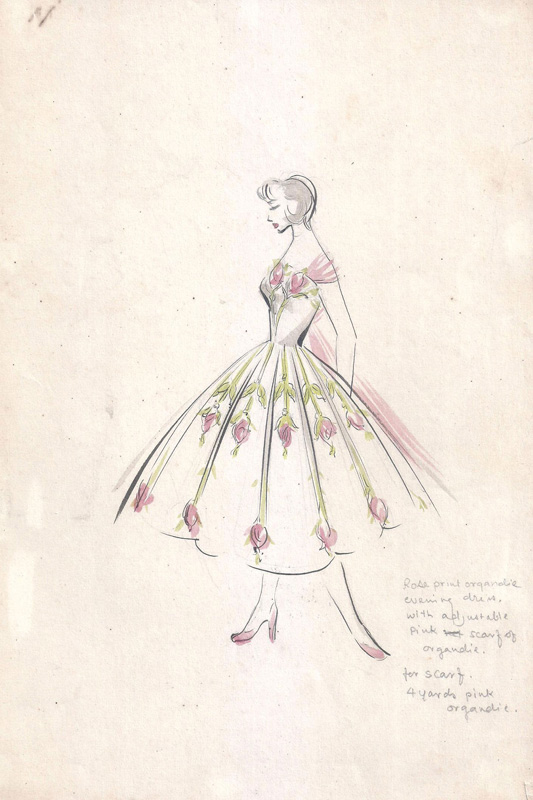
This historic event was a testament to Athaiya’s commitment to pushing boundaries and exploring new avenues for artistic expression. Her contribution to the Indian fashion landscape is immeasurable, and her influence continues to inspire generations of designers and fashion enthusiasts alike.
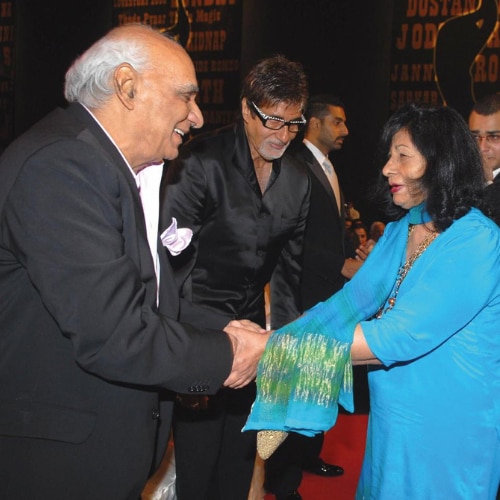
Bhanu Athaiya, a distinguished figure in the world of costume design, has always been referred to as a costume designer rather than a fashion designer. This distinction is essential to understand, as there are notable differences between the roles of a costume designer and a fashion designer.
While both roles involve designing clothing, the motivations and objectives behind their work vary significantly. Costume designers, like Athaiya, create clothing that enhances a character’s narrative in films, theatre, or television productions. Their designs bring authenticity and depth to characters while staying true to the time period, location, and context of the story.
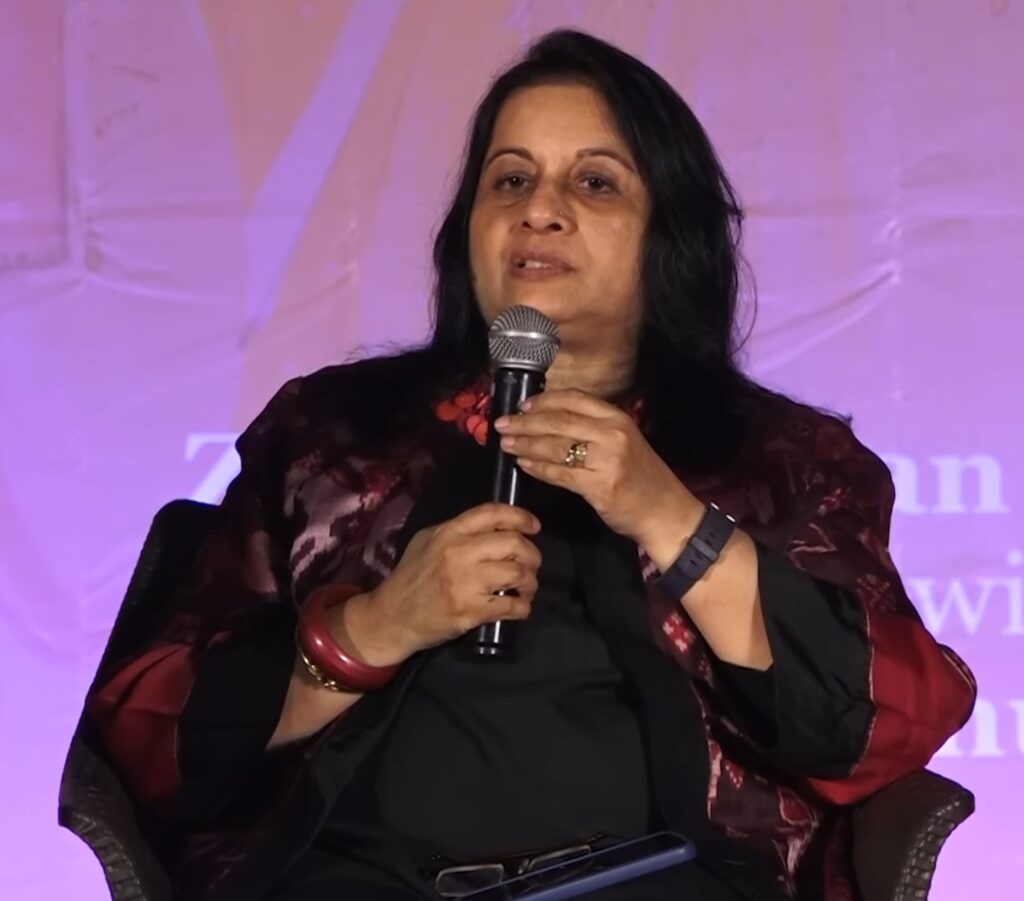
Radhika Gupta, the daughter of Bhanu Athaiya, is passionate about preserving her mother’s legacy and ensuring that her work is accurately represented. During a Prinseps event in Goa, Gupta had a strong reaction when someone referred to her mother as a fashion designer. In a firm and distinctive voice, Gupta corrected the individual, stating that Bhanu Athaiya was a costume designer and not a fashion designer.
To further emphasize the distinction between the two professions, Gupta drew a comparison to the renowned Japanese fashion designer Issey Miyake, stating that “lines are not blurred” between the roles of a costume designer and a fashion designer. This comment highlights the importance of recognizing the specific skills and expertise required in each field and the need to accurately acknowledge the contributions of artists like Bhanu Athaiya.
Radhika Gupta, daughter of Bhanu Athaiya shares: “Each film was a fresh canvas on which Bhanu Athaiya visualised costumes according to the script narrated by the director. Ideally, if she did costumes for all the artists in the film, e.g. Amrapali, Lagaan, Gandhi, the colour palette and look of all the actors blended into their distinctive characters creating a visual extravaganza. Her creative flair, the in-depth knowledge of the cultural heritage of India and the insatiable quest for learning was the secret of her lifelong commitment to art and all that was artistic.”
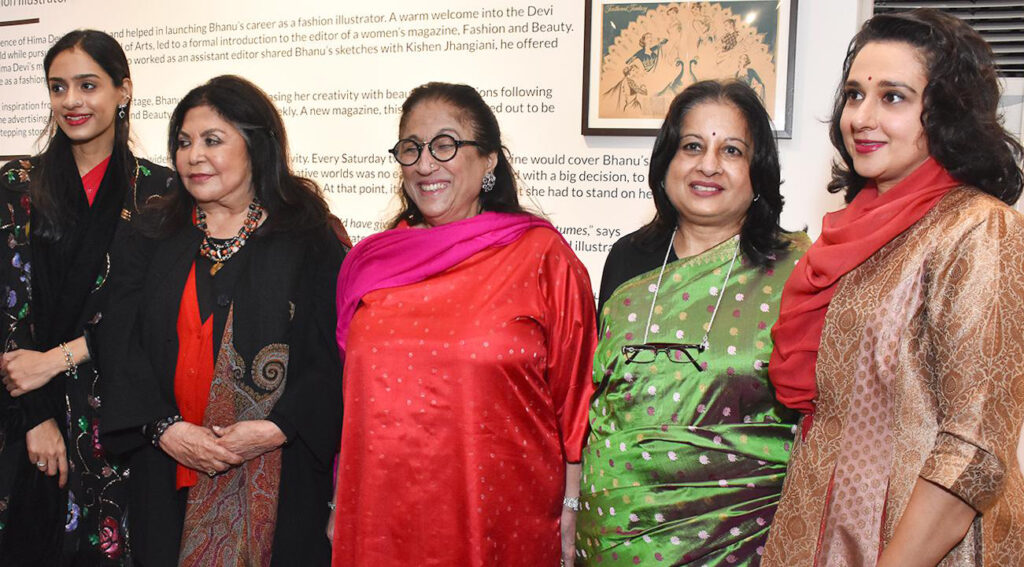
Radhika Gupta’s response reflects her deep understanding and appreciation of her mother’s work, as well as her dedication to ensuring that Bhanu Athaiya’s legacy is accurately represented and celebrated in the world of design.
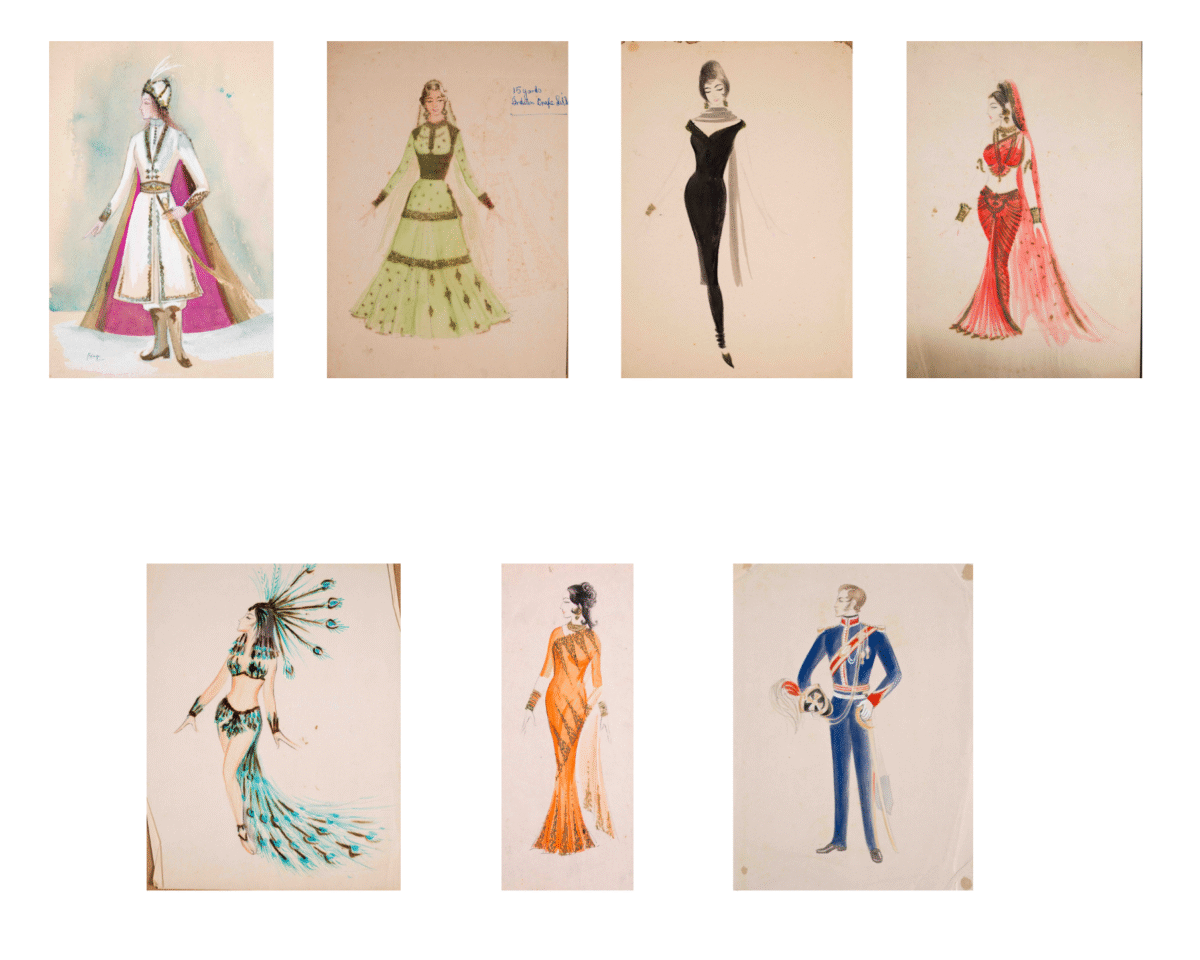
By referring to Athaiya as a costume designer, we acknowledge her significant contributions to the world of film and theatre. Her intricate and well-researched costumes have brought numerous characters to life, further solidifying her status as one of the most talented costume designers in the industry. She was exclusively a costume designer, not a fashion designer, with her work rooted in cinematic storytelling rather than everyday fashion.
It is crucial to maintain the distinction between the terms “costume designer” and “fashion designer” when discussing the works of Bhanu Athaiya. Doing so not only preserves the integrity of her profession but also highlights her immense contributions to cinema and the art of storytelling through costumes.
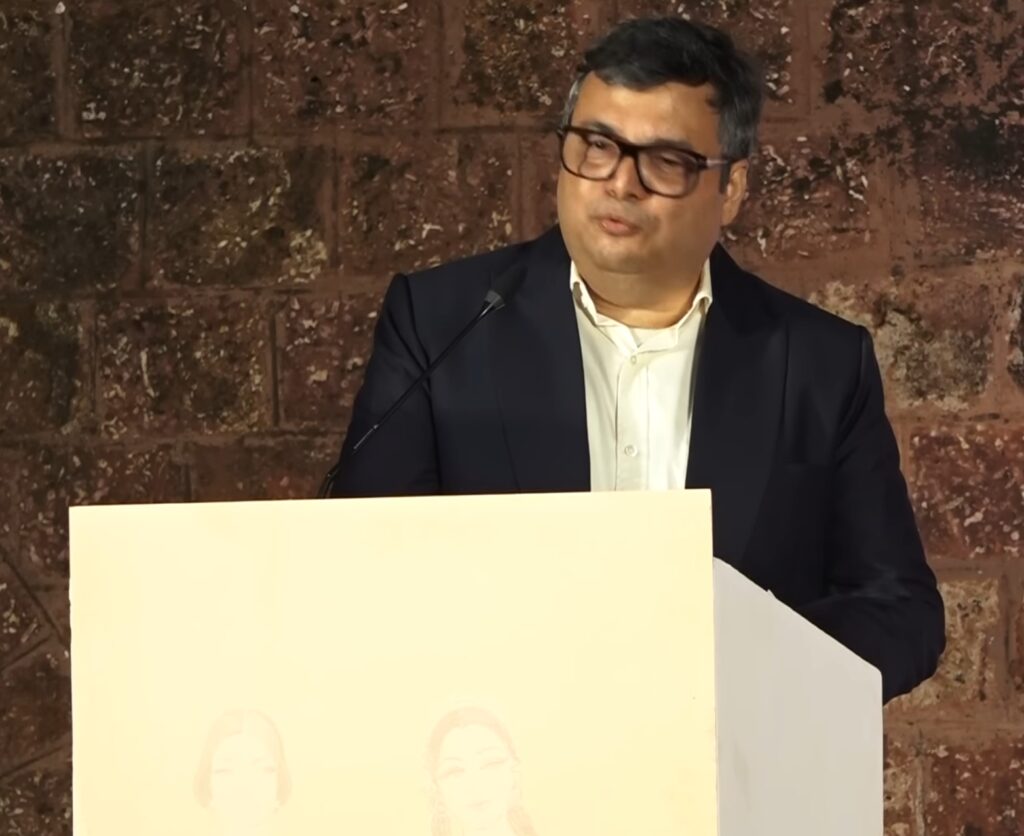
Indrajit Chatterjee, Founder of Prinseps, says: “The immersive exhibition into the art of Bhanu Athaiya, from her Kolhapur Days to the Progressive Artists Group, to iconic costume designs and costumes, is incredible. A rare opportunity to view her works that are essentially entirely in institutions in India and overseas. Our aim as a research-driven institution is to explore every aspect of this fruitful and inspiring career from various points of view, which can be of inspiration to budding creatives.”
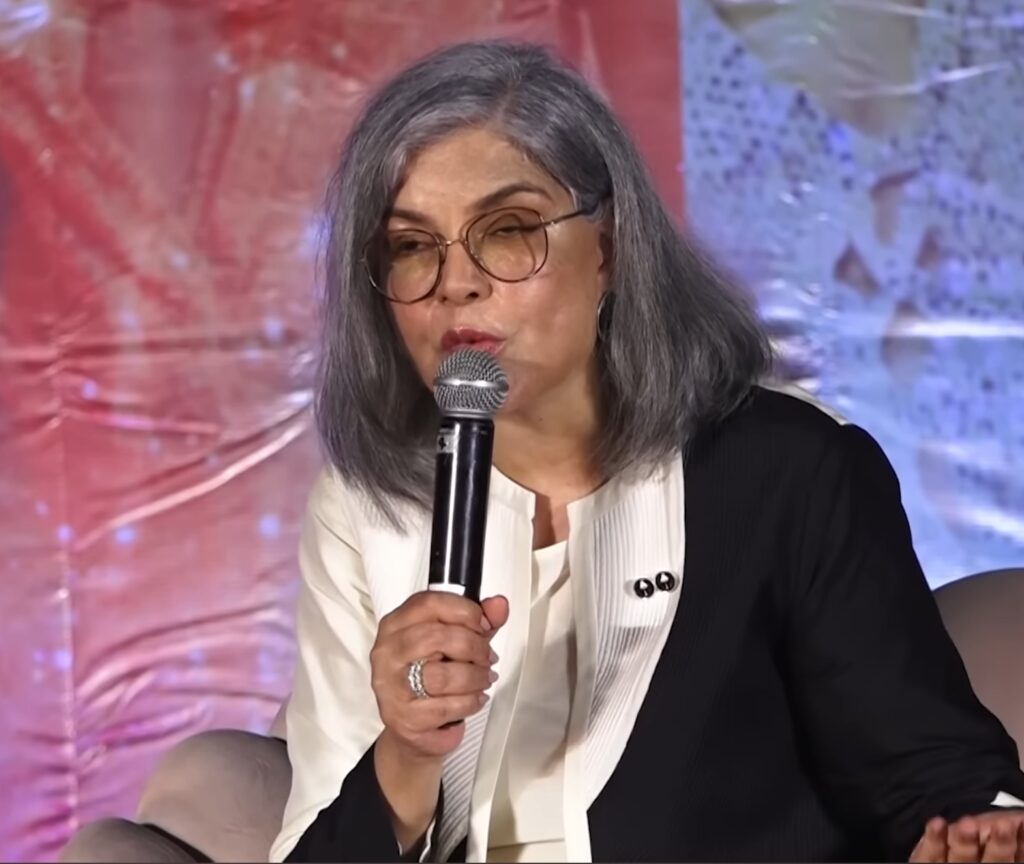
Bhanu Athaiya’s incredible journey as a costume designer has left an indelible mark on the Indian film industry. With a career spanning over six decades and more than 100 films to her credit, she has not only showcased her immense talent and creativity but also paved the way for technicians, particularly women, to be recognized in the industry.
“It was a very male-dominated business with very few women so it was wonderful to have someone like Bhanu who was so calm and serene. She could easily bridge the gap between what the producer wanted and what the artist was comfortable with,” says actor Zeenat Aman who worked with Bhanu in 15 films over 16 years, starting in 1973.
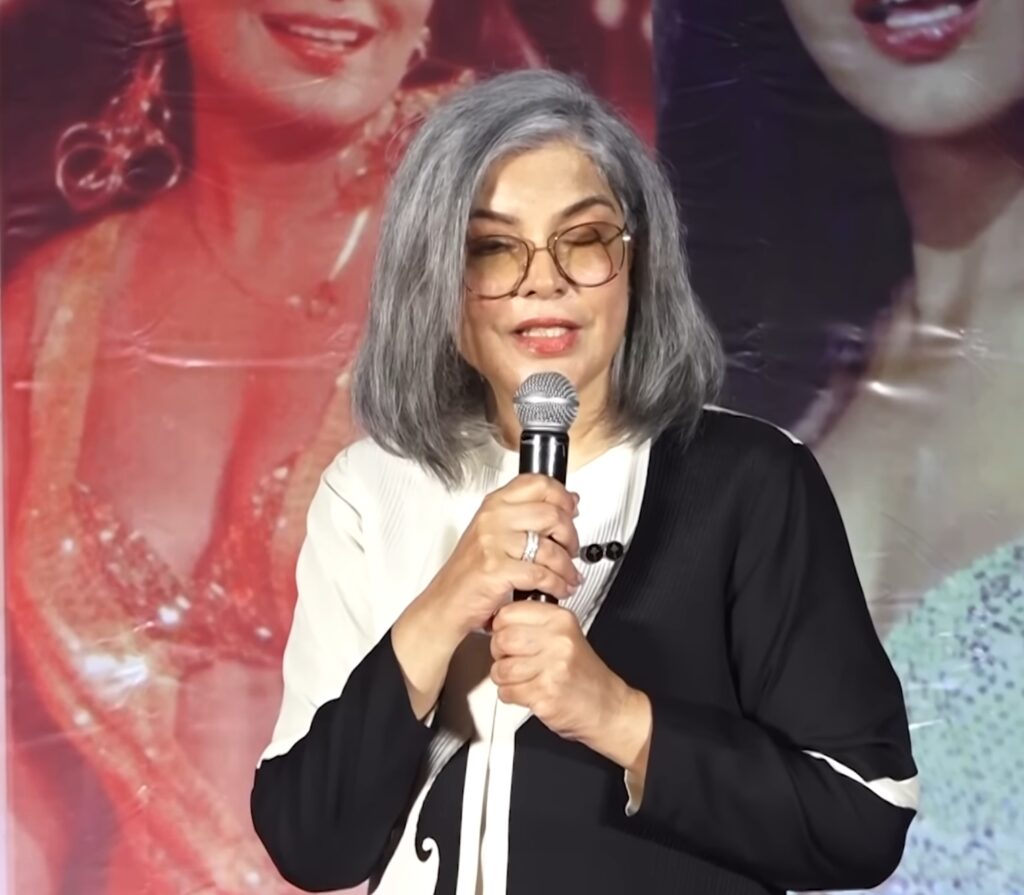
Zeenat says Bhanu ensured she never felt uncomfortable. “Costumes play such a great role in what you project on screen. It is an audio-visual medium. You have to perform as an actor and the visual always involves a costume. For Satyam Shivam Sundaram, Bhanu was given the photographs of tribal women for reference. And we proceeded to shoot one reel with the costumes she designed. When the distributors saw that reel, the movie was sold immediately,” says Zeenat laughingly.
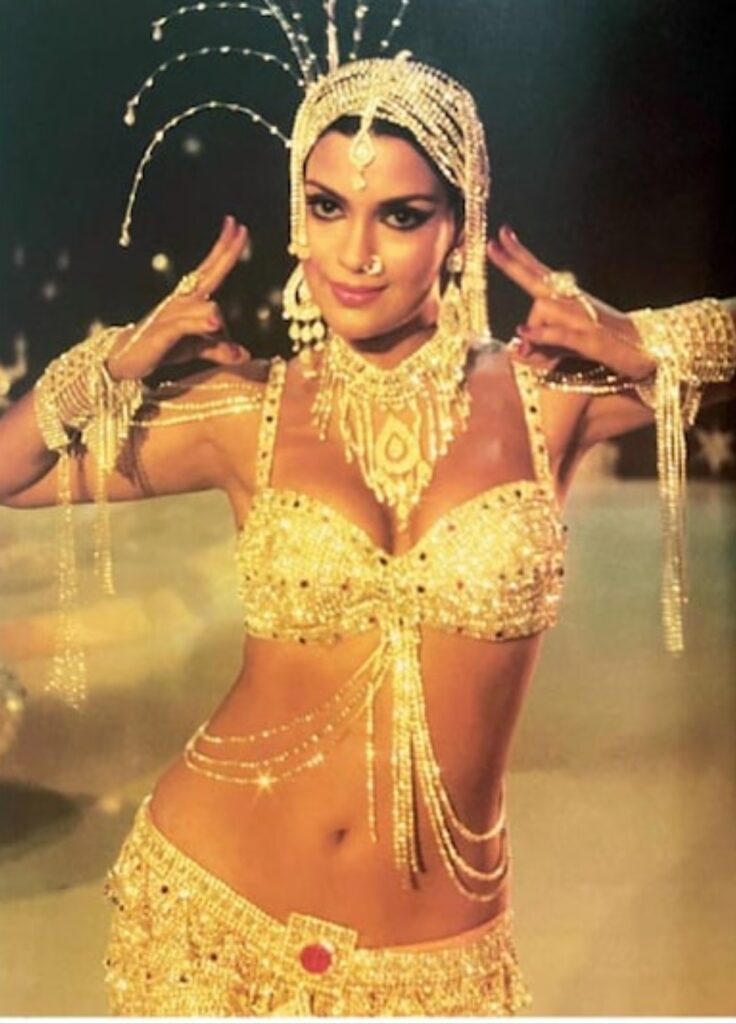
“My concern was that I should be comfortable and nothing should look crass. I am happy to confirm that anything made by her never looked crass,” she adds. To ensure that Zeenat’s fittings were perfect, Bhanu had a mannequin with Zeenat’s measurements in her studio, reveals Bhanu’s daughter Radhika Gupta. Zeenat says Bhanu would discuss the scene or the song one-on-one with her. “And, of course, the character’s background, and the mood that we were trying to project, and on the basis of that, she would design the outfit for me,” says Zeenat.
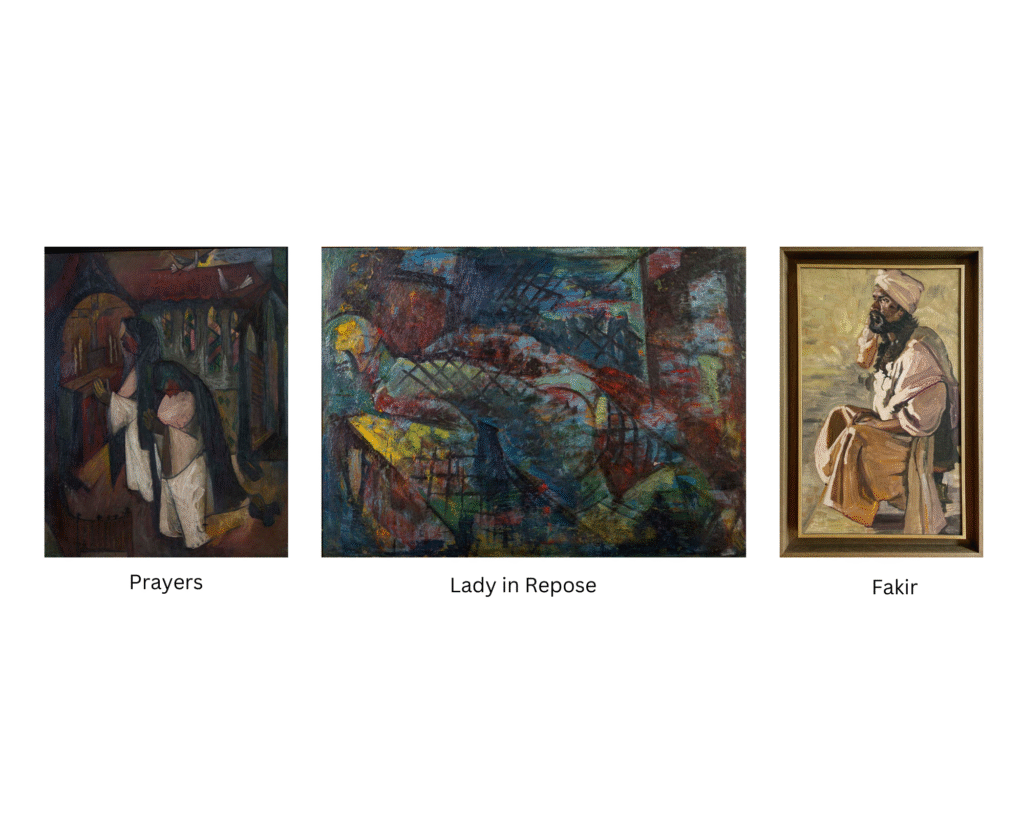
Athaiya’s artistic sensibilities were nurtured by her father, a self-taught painter and photographer. Growing up in a culturally rich environment, she absorbed influences from Kolhapur’s vibrant artistic community, including early interactions with filmmaker Baburao Painter. After studying at Mumbai’s Sir J.J. School of Art, she joined the Progressive Artists’ Group—India’s avant-garde art collective—as its sole female member, exhibiting alongside luminaries like M.F. Husain and F.N. Souza.
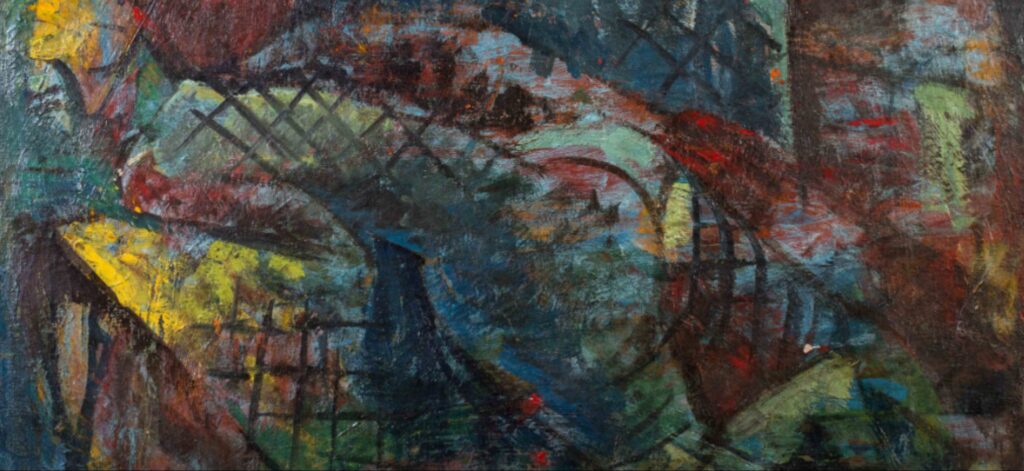
Transitioning to fashion illustration for Eve’s Weekly magazine, she bridged art and practicality, a skill that later defined her costume design. As the only female member of the Bombay Progressive Artists’ Group, she exhibited alongside luminaries like M.F. Husain and F.N. Souza before transitioning to costume design.
Born in Kolhapur, Maharashtra, into a Marathi Brahmin family, Athaiya was influenced by her father, Annasaheb, a self-taught artist and photographer involved in early Indian cinema. After his death when she was 11, she pursued her artistic passion at Mumbai’s Sir J.J. School of Art, winning the Usha Deshmukh Gold Medal in 1951 for her painting Lady in Repose.

Her costume design career began with Guru Dutt’s C.I.D. (1956), where she introduced a modern yet authentic aesthetic, blending Indian traditions with cinematic flair. Her work on films like Pyaasa (1957), Chaudhvin Ka Chand (1960), Guide (1965), Amrapali (1966), and Satyam Shivam Sundaram (1978) defined iconic Bollywood looks, from Waheeda Rehman’s elegant kurtas to Zeenat Aman’s transformative apsara-inspired costumes. Her designs, such as the “Mumtaz saree” from Brahmachari (1968), set fashion trends that resonated beyond the screen.
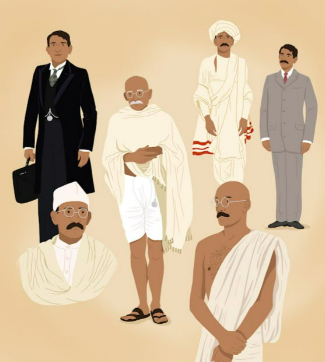
Athaiya’s crowning achievement came with Richard Attenborough’s Gandhi (1982). Tasked with depicting Mahatma Gandhi’s evolution over five decades, she conducted exhaustive research, visiting museums and studying archival photographs to ensure authenticity. Her designs, from Gandhi’s hand-spun khadi dhoti to the crowd scenes’ regional diversity, earned her the Academy Award for Best Costume Design, shared with John Mollo. This historic win not only spotlighted Indian talent but also underscored cinema’s power to bridge cultures.
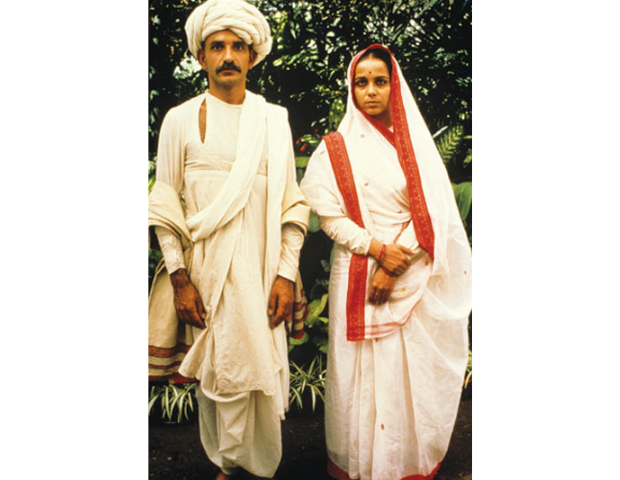
Athaiya’s work on Gandhi was a landmark achievement, requiring meticulous research to authentically depict five decades of Indian history. She dressed 300,000 extras in the funeral scene alone, varying dhotis and turbans to reflect regional diversity, showcasing her deep understanding of Indian culture. Her ability to merge historical accuracy with visual storytelling earned her global recognition.Beyond the Oscar, Athaiya won two National Film Awards for Lekin (1990) and Lagaan (2001), and the Filmfare Lifetime Achievement Award in 2009. She also authored The Art of Costume Design (2010), documenting her creative process.
Athaiya’s legacy lies in her ability to weave India’s cultural heritage into cinematic narratives, influencing generations of designers like Neeta Lulla and Veera Kapur. Her work not only elevated costume design in Bollywood but also put Indian artistry on the global map, inspiring a new appreciation for the craft.
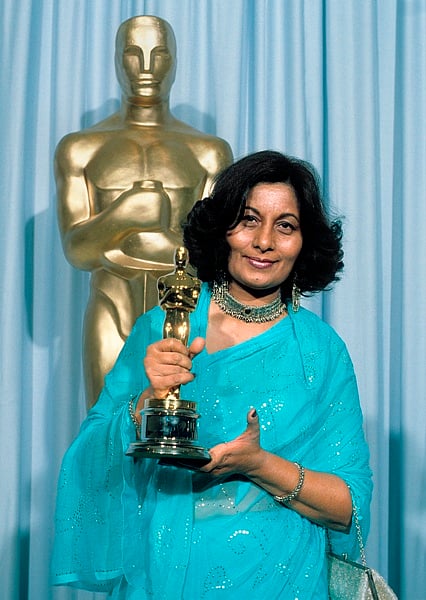
Athaiya rejected the trend of sourcing costumes abroad, stating, “Other designers take empty suitcases and go shopping for actors’ clothes in New York. To me, this is bankruptcy of imagination”. Instead, she immersed herself in India’s textile heritage, blending traditional craftsmanship with cinematic storytelling. For Lagaan, she used handloom fabrics and natural dyes to evoke 1890s rural authenticity. Her approach democratized costume design, making it integral to narrative and character development rather than mere ornamentation.
Athaiya’s legacy extends beyond awards, though these were plentiful: two National Film Awards (Lekin 1991; Lagaan, 2002), a BAFTA nomination, and a Filmfare Lifetime Achievement Award. She mentored generations of designers, emphasizing research and cultural grounding. Her costumes for Swades (2004) and Jodhaa Akbar (2008) continued this tradition, though the latter’s absence from provided sources precludes detailed discussion.
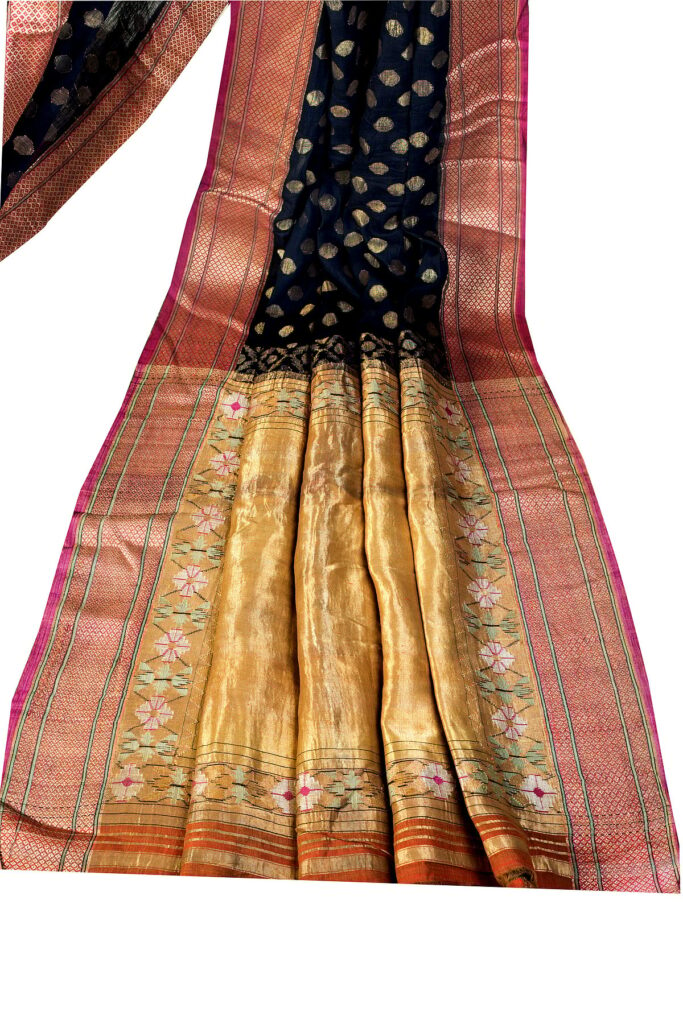
Bhanu Athaiya redefined costume design as a narrative force in Indian cinema. From Guru Dutt’s noir dramas to Attenborough’s epic biopic, her work transcended borders while remaining rooted in India’s cultural ethos. By marrying artistic vision with historical rigor, she not only dressed characters but also shaped their souls, ensuring her place as a timeless icon in global film history.
Princess Brijeshwari Kumari Gohil, the curator of the exhibition, is a prominent figure in the world of art and heritage. As a member of the royal family of Bhavnagar in Gujarat, she has dedicated her life to preserving and promoting India’s rich cultural history. Her deep passion for heritage has led her to establish Bhavnagar Heritage, an organization focused on preserving indigenous art, craft, architecture, and weaving techniques in and around Bhavnagar.
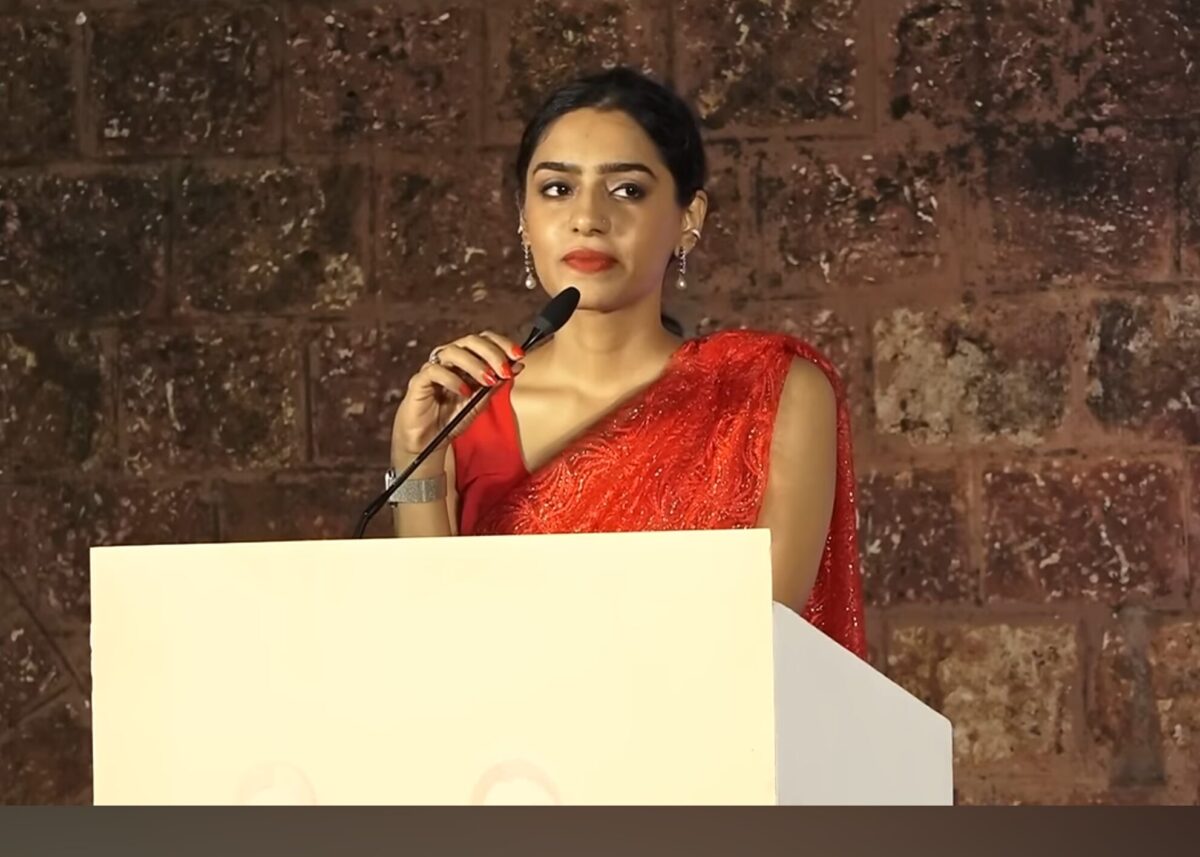
In curating the exhibition, Princess Gohil has taken great care to showcase the many facets of Bhanu Athaiya’s life and work, recognizing that a single exhibition cannot do justice to Athaiya’s remarkable legacy. Through her dedication to preserving India’s cultural heritage, Princess Gohil is ensuring that the work of artists like Bhanu Athaiya continues to inspire and enrich future generations.“
So that’s why we’re having multiple shows (one was held in Delhi earlier). The Prinseps team has been documenting for over two-and-a-half years. What we have tried to do with this exhibition is to look at India through her eyes. And the reason for that is there is a lot of talk of India being a market for luxury goods, a sort of influential place where fashion is concerned. And I think Bhanu already started that trend and made India cool in terms of fashion much before anyone else did.”
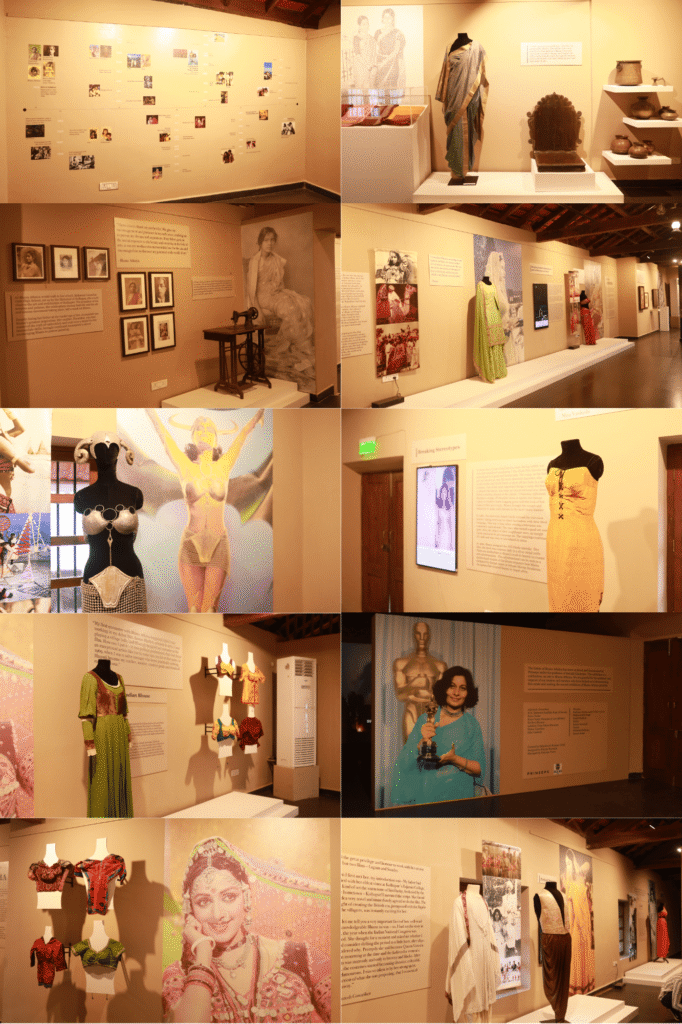
Princess Gohil highlighted, “This exhibition pays tribute to Athaiya’s lasting impact on Indian fashion. Her designs have influenced trends that resonate even today. Athaiya was an influencer ahead of her time, creating clothes that symbolize elegance and grace, setting a new standard in terms of fashion”
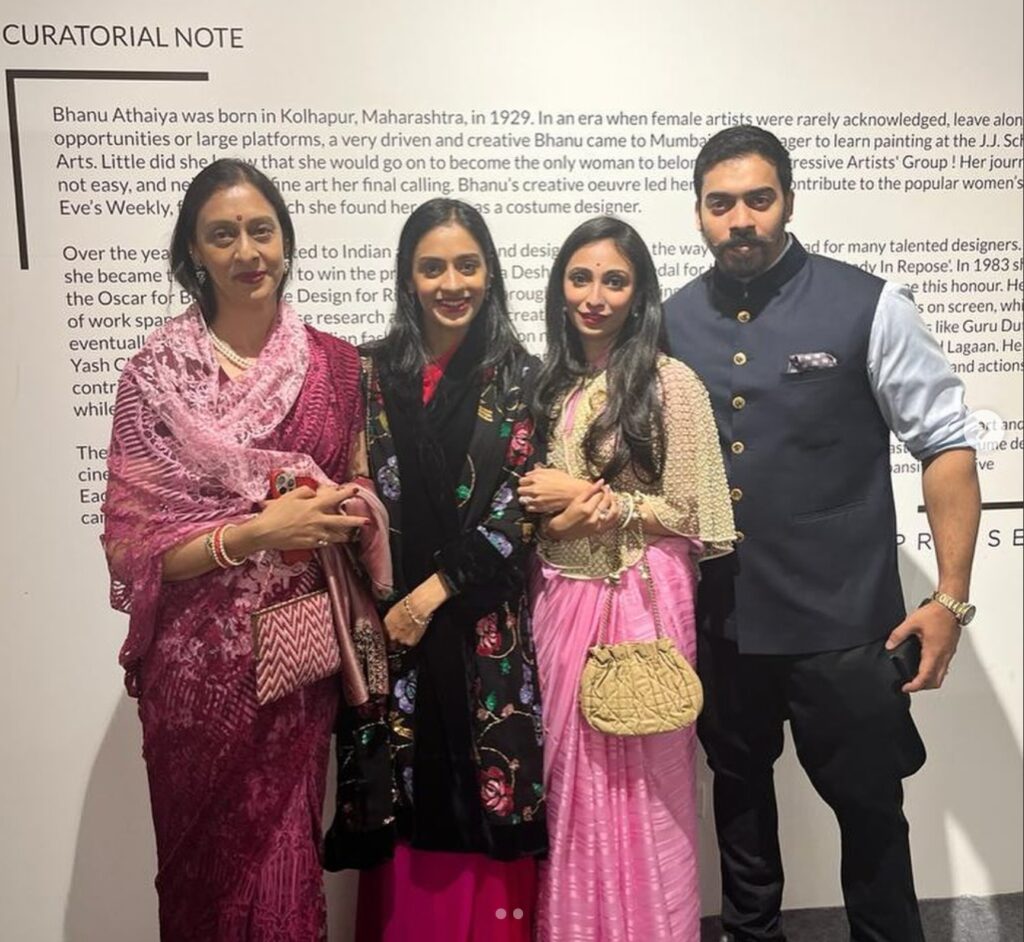
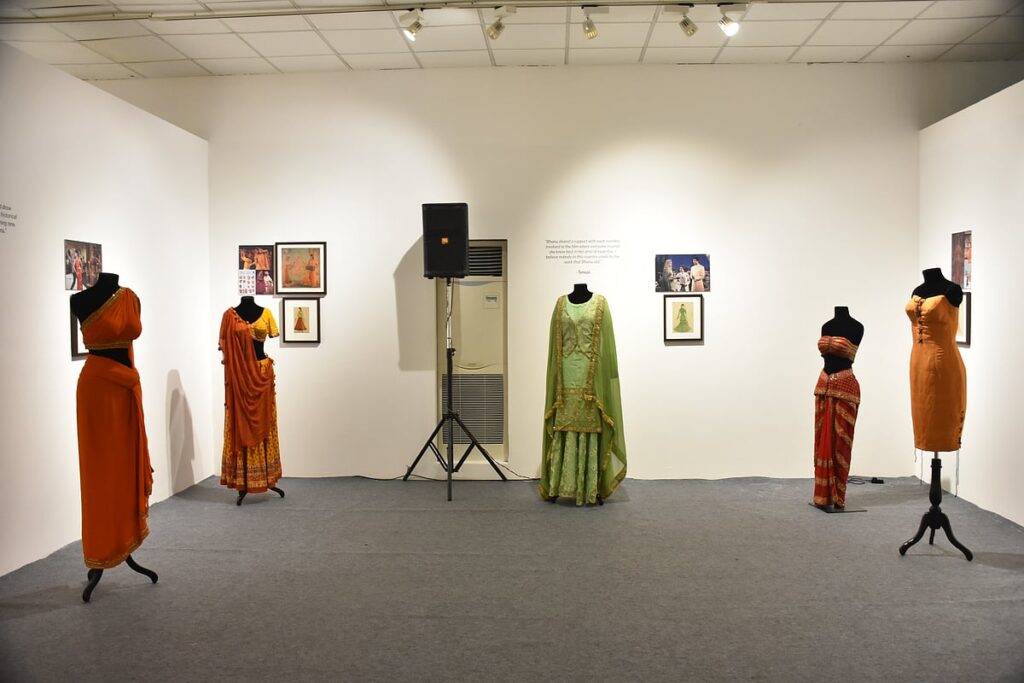
Bhanu Athaiya’s legacy was celebrated with an exhibition titled “Bharat Through the Lens of Bhanu Athaiya” at the Aguad, Candolim in Goa, showcasing her costume designs and artistic contributions. The exhibit, organized by Prinseps, aimed to rediscover the roots of India through Athaiya’s eyes, highlighting her iconic designs for films like Gandhi, Lagaan, and Swades.
The exhibition, which ran from December 6 to January 1, 2024, showcased Athaiya’s work across various mediums, including costumes, sketches, and paintings. The Prinseps auction house, an avant-garde platform based in Mumbai, organized a captivating exhibition that offered an intimate look into the life and works of the legendary costume designer Bhanu Athaiya. As the first Indian to win an Oscar Award for her groundbreaking work in the film “Gandhi,” Athaiya’s contributions to the world of cinema and fashion are unparalleled.
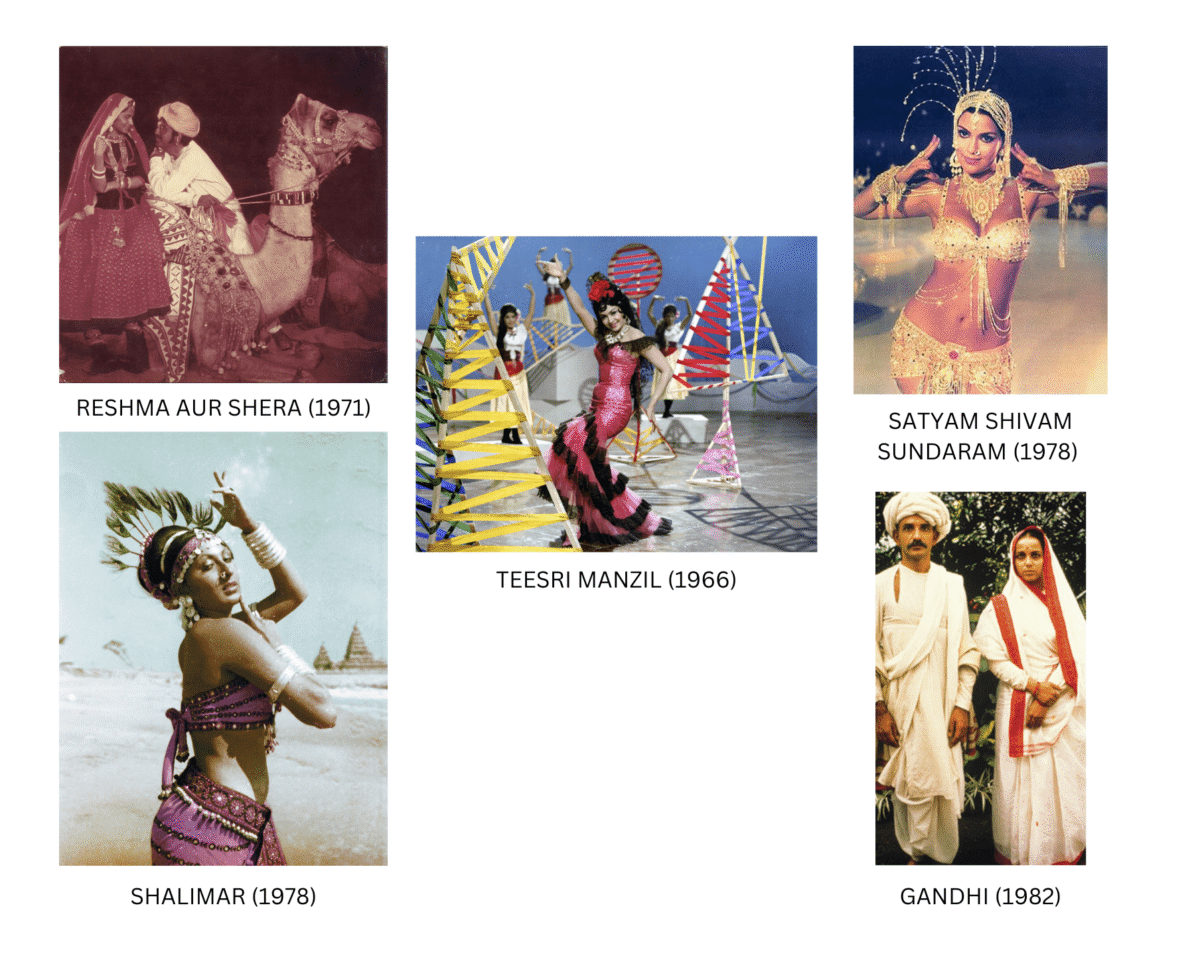
The retrospective exhibition, “Bharat Through the Lens of Bhanu Athaiya,” offered an enchanting look into the life and works of the visionary costume designer Bhanu Athaiya. Featuring over 50 exhibits, the event showcased not only Athaiya’s iconic creations but also her personal heirloom textile pieces, oil and watercolor paintings, and exquisite sketches and costumes designed for memorable films such as Lagaan.
Curated by Princess Brijeshwari Kumari Gohil and organized by the avant-garde auction house Prinseps, the exhibition delved into Athaiya’s journey from her early years in Kolhapur’s princely state to her influential role in the Progressive Artists’ Group in Bombay. It highlights her evolution as the most sought-after and cherished costume designer in Hindi cinema and showcases her profound love and vision for India through different phases of her life.
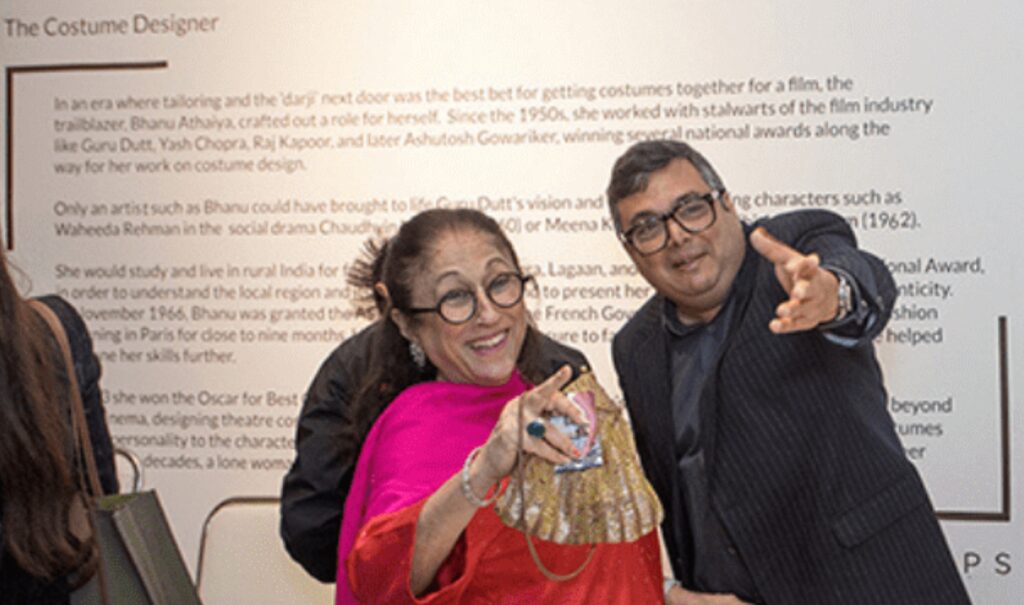
The first edition of the exhibition, Legacy of Bhanu Athaiya was held at the Bikaner House in New Delhi, allowing visitors to immerse themselves in Athaiya’s extraordinary talent and creativity. The event serves as a testament to her groundbreaking work in the Indian film industry, theatre, and art, further cementing her status as an icon and trailblazer in the world of costume design.
Through this extensive showcase of Athaiya’s works, “Bharat Through the Lens of Bhanu Athaiya” invites fashion enthusiasts and art lovers to appreciate the intricate details, thoughtfulness, and artistic brilliance that defined her illustrious career, and continues to inspire generations of aspiring designers.

Prinseps, specializing in modern and contemporary art, brought together an extensive collection of Athaiya’s sketches, designs, and personal artifacts for this exclusive event. The exhibition will provide a comprehensive understanding of Athaiya’s creative journey, highlighting her iconic designs and the impact she had on the Indian and global film industries.
This unique showcase is a testament to the dedication and ingenuity of Bhanu Athaiya, who paved the way for generations of aspiring costume designers in India and beyond. The exhibition promises to be an enriching experience for art and fashion enthusiasts alike, as it explores the life and work of a true visionary.
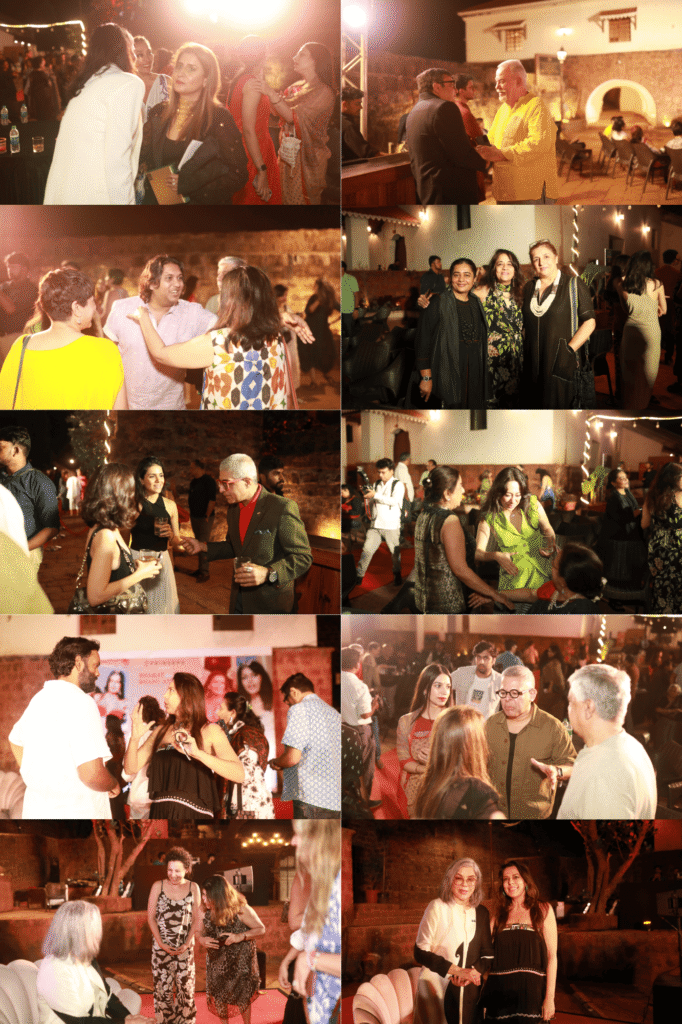
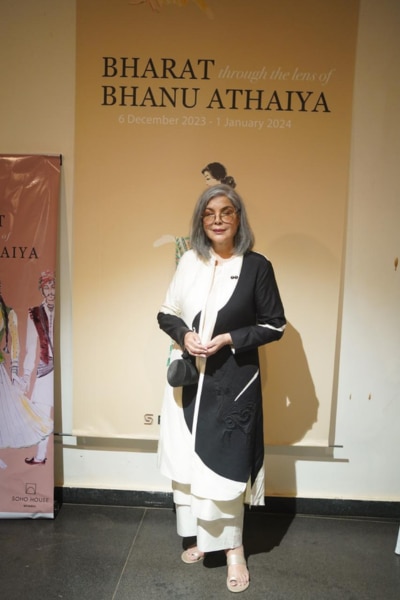
Aman’s recollections reveal the exceptional craftsmanship and attention to detail that Athaiya brought to her designs, often breaking stereotypes and creating outfits that were both comfortable and sensual. In films such as “Satyam Shivam Sundaram,” Athaiya designed revolutionary costumes for Aman that challenged the norms of the time, demonstrating her visionary approach to fashion.
Through the tireless efforts of Prinseps and the involvement of collaborators like Zeenat Aman, Bhanu Athaiya’s work is being celebrated and preserved, ensuring that her genius and dedication continue to inspire and influence the world of fashion and cinema for years to come.
Overall, the retrospective exhibition serves as a fitting tribute to the extraordinary contributions of Bhanu Athaiya, celebrating her legacy and artistic brilliance as a groundbreaking figure in the world of costume design.
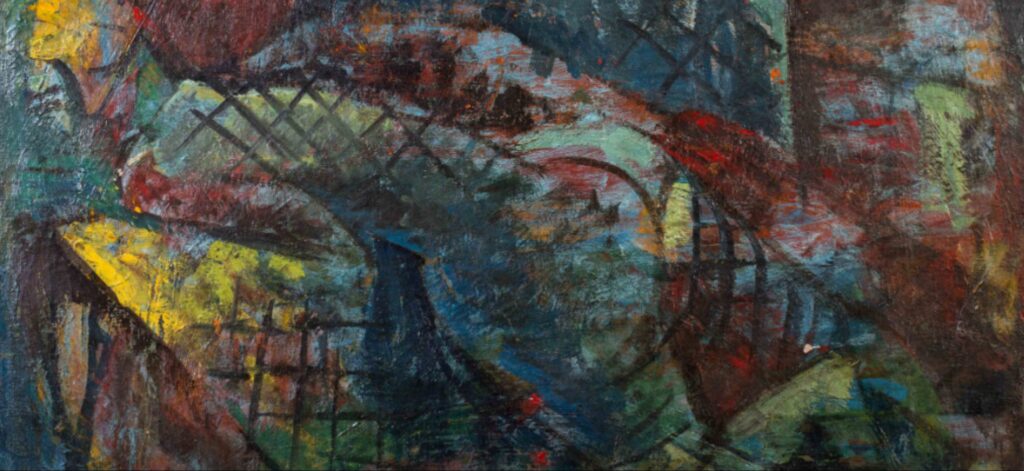
One of the standout pieces in the “Bharat Through the Lens of Bhanu Athaiya” exhibition is the iconic painting “Lady in Repose.” This masterpiece holds a special significance in Athaiya’s career, as it was the very artwork that earned her the prestigious gold medal at the Bombay Art Society competition.
“Lady in Repose” 1950, showcases Athaiya’s exceptional skill and artistic vision, providing a glimpse into the early foundations of her remarkable talent. The painting’s inclusion in the exhibition serves as a reminder of Athaiya’s multifaceted creativity, which extended beyond her groundbreaking work in costume design.
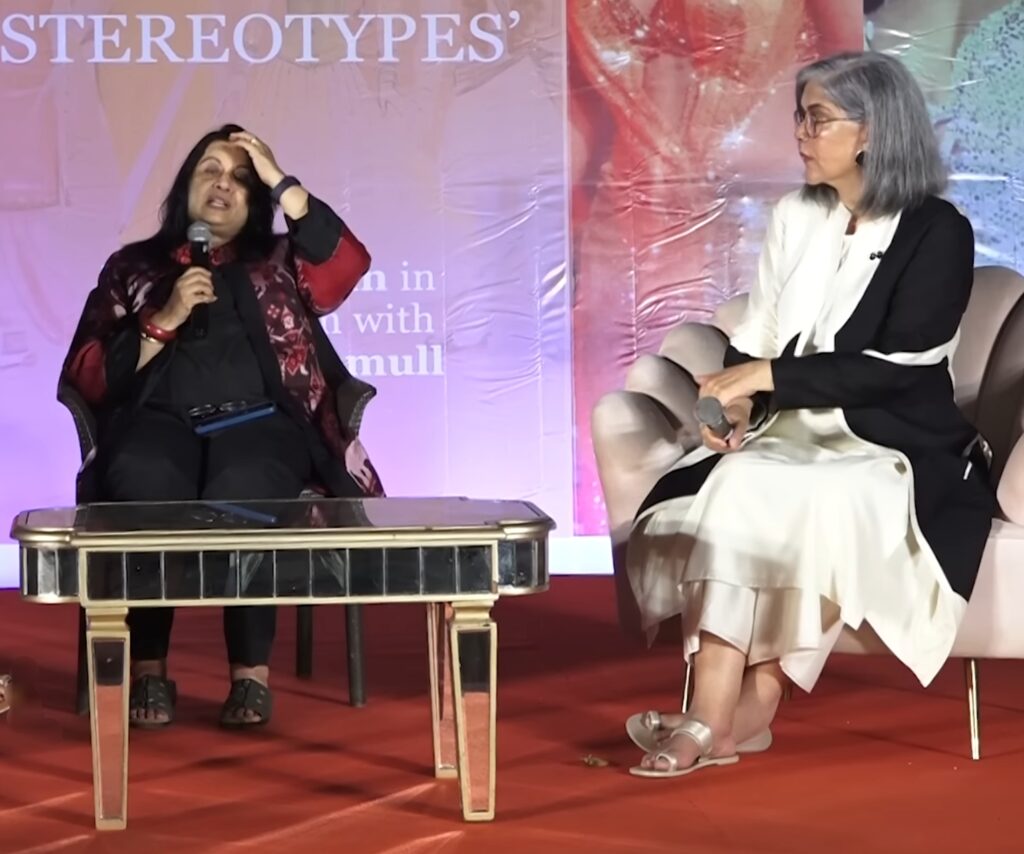
Sujata Assomull says: “Bhanu Athaiya was one of Indian cinema’s true stars. No other costume designer has had her longevity. She is considered Indian cinema’s first Bollywood designer. Working with a range of directors from Raj Kapoor, Guru Dutta and BR Chopra to Vijay Anand, Yash Chopra and. Ashutosh Gowariker.
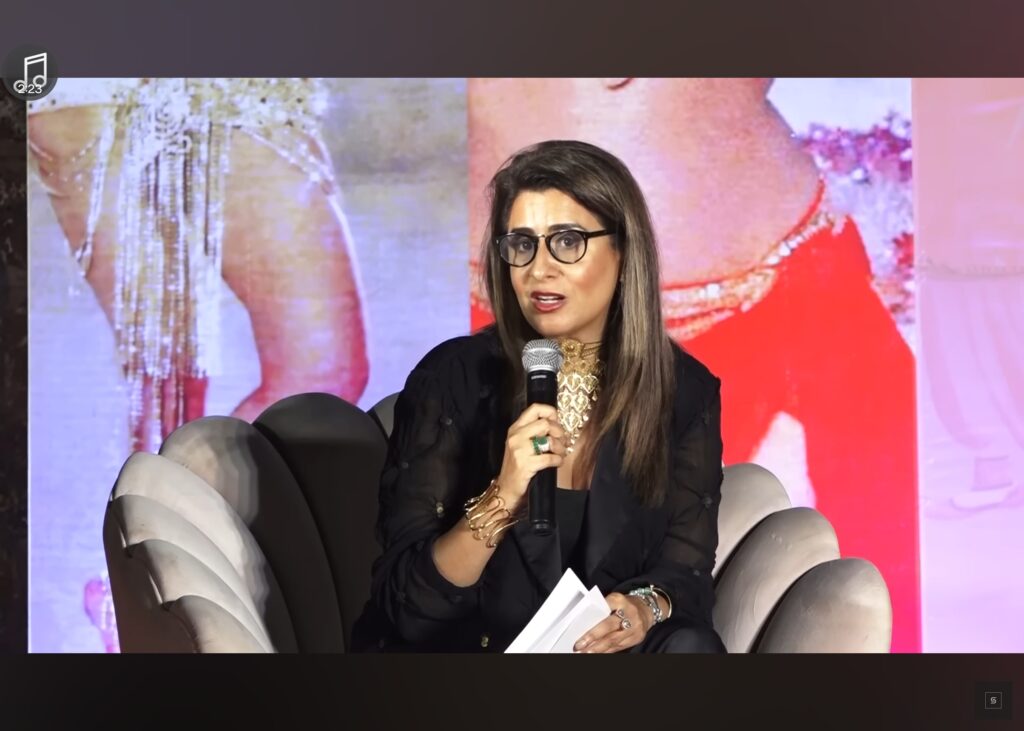
There was Richard Attenborough and her Oscar win for Gandhi was a proud moment for India. She understood how clothes could tell stories- and while her costumes were always led by the narrative, she also set the fashion agenda with her designs. If you look at modern Indian silhouettes such as the concept sari, the kurti and the sarong, their roots all come from Athaiya’s body of work.”

